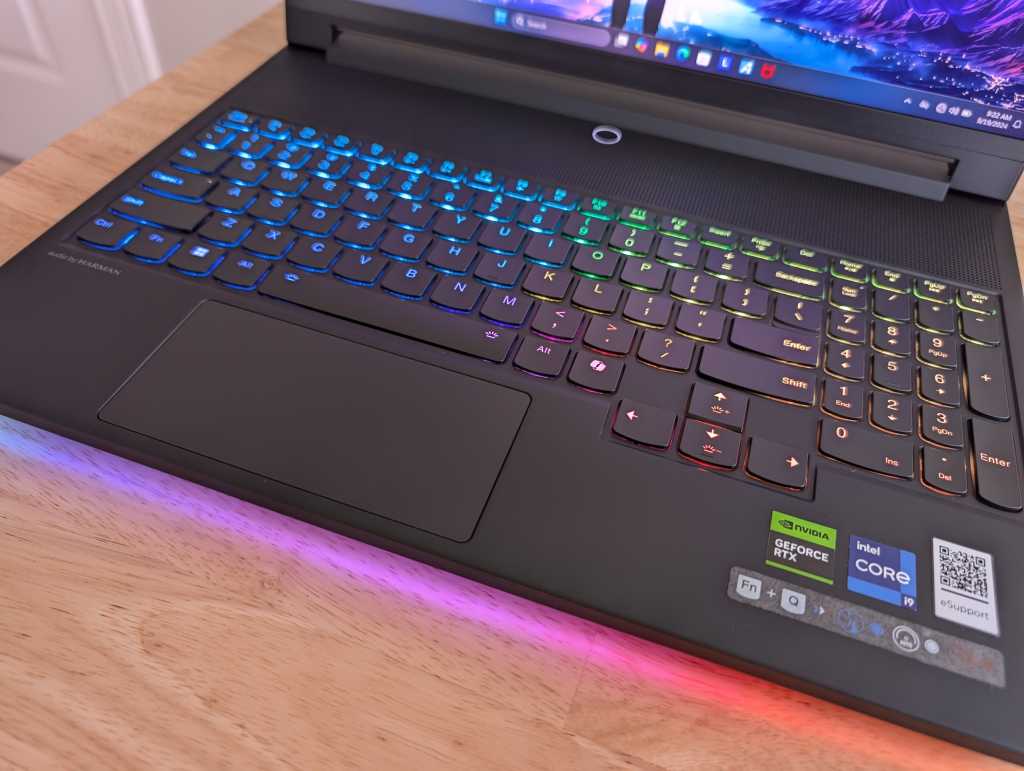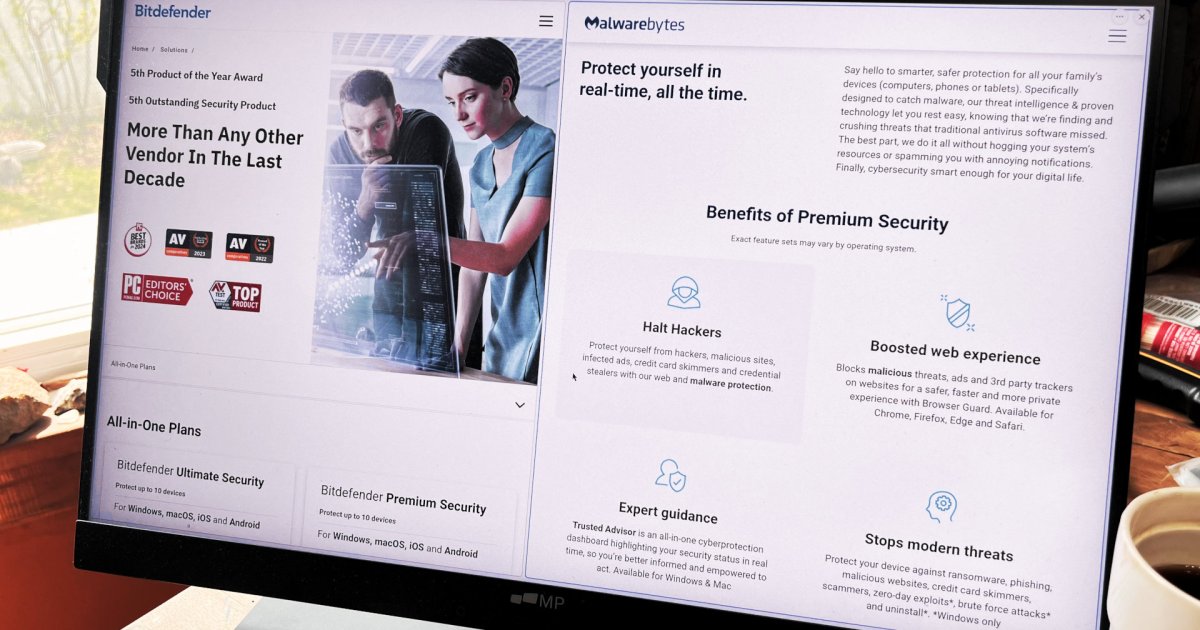Encountering the WebP image format when saving images online is becoming increasingly common. But what exactly is WebP, and why is it gaining traction? Developed by Google as a modern alternative to JPG, PNG, and GIF, WebP boasts superior technical capabilities.
This format supports both lossless and lossy compression. Lossless compression preserves the original image quality, while lossy compression prioritizes smaller file sizes, potentially at the expense of some image detail. WebP also handles transparency (alpha channel), similar to PNG, and supports animations, much like GIFs. Leveraging sophisticated compression algorithms, Google claims WebP can compress images up to 30% more effectively than JPG while maintaining comparable image quality.
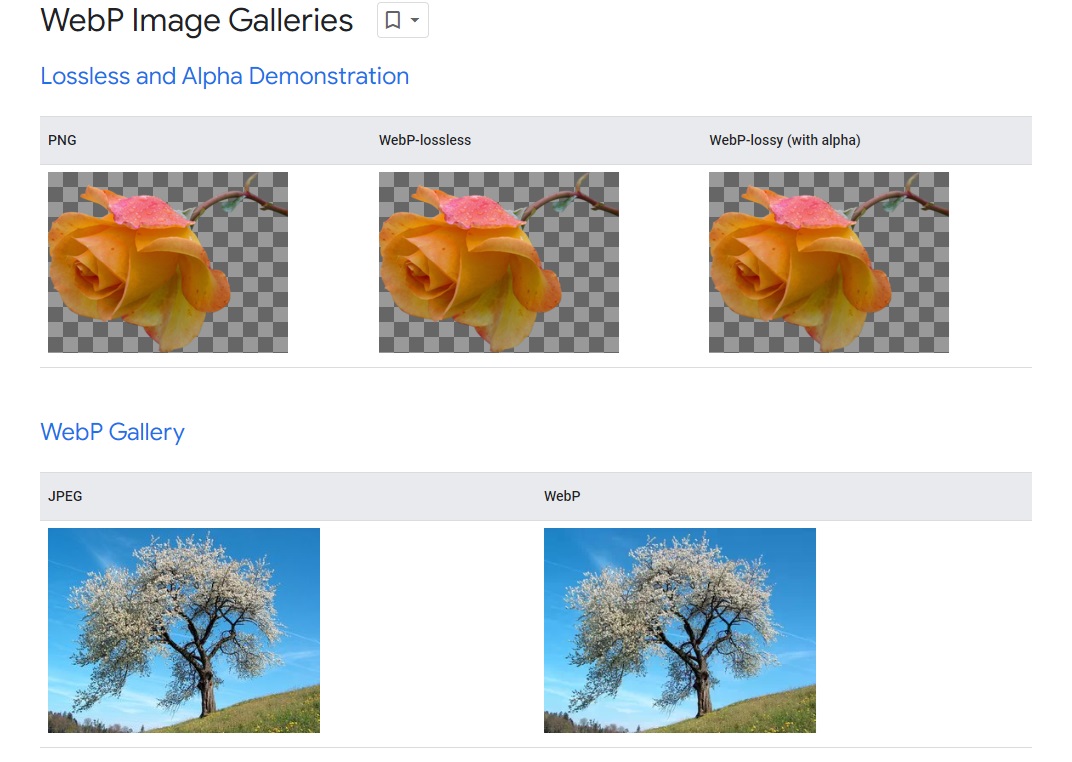 WebP samplesGoogle showcases the advantages of WebP over JPEG and PNG on its website.
WebP samplesGoogle showcases the advantages of WebP over JPEG and PNG on its website.
WebP’s prominence has been steadily growing, largely due to Google’s active promotion. Website optimization tools like PageSpeed Insights and Lighthouse often recommend using “next-gen” formats like WebP instead of JPG.
WebP: Advantages and Disadvantages
WebP offers several benefits but also has some drawbacks compared to established formats like JPG and PNG.
| Advantages of WebP | Disadvantages of WebP |
|---|---|
| Superior compression (approximately 30% better than JPG/PNG) | Lower adoption rate than JPG/PNG; compatibility issues with some software. |
| Supports transparency | More complex encoding/decoding, potentially resulting in slower saving times. |
| Supports animations | While innovative, newer formats like AVIF often achieve even better compression. |
| Flexible saving options (lossless or lossy) |
Software Compatibility with WebP
Most modern web browsers have supported WebP for several years. Google Chrome adopted WebP in 2010, followed by Edge (with the switch to Chromium in 2020) and other Chromium-based browsers. Firefox added support in 2019, and Safari followed suit in 2020.
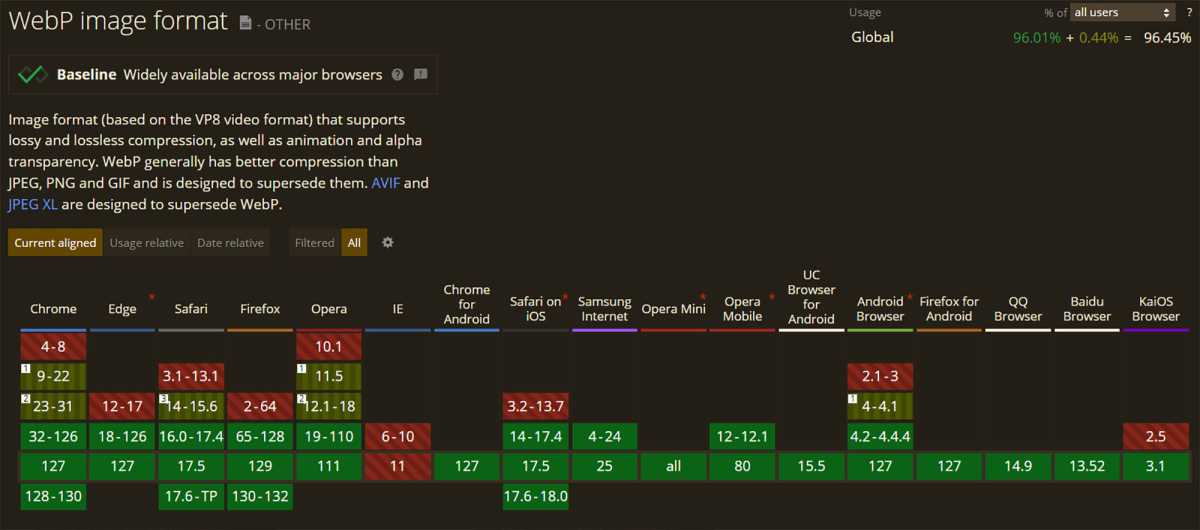 WebP is fully supported by all modern browsers.
WebP is fully supported by all modern browsers.
While initial support in image editing software was limited, the situation has significantly improved. Leading image editors now offer WebP compatibility, including:
- Windows Photos (since 2023)
- Microsoft Paint (since 2023)
- Paint.NET (since 2019)
- GIMP (since 2018)
- IrfanView (since 2011)
- Inkscape (since 2021)
- Adobe Photoshop (since 2022)
- Adobe Illustrator (since 2021)
A comprehensive list of WebP-compatible programs is available on Wikipedia. However, converting WebP to JPG or PNG might still be necessary, and the following sections detail how to accomplish this.
Converting WebP: Browser Add-ons and Online Tools
Several free conversion tools simplify converting WebP files to JPG and other formats.
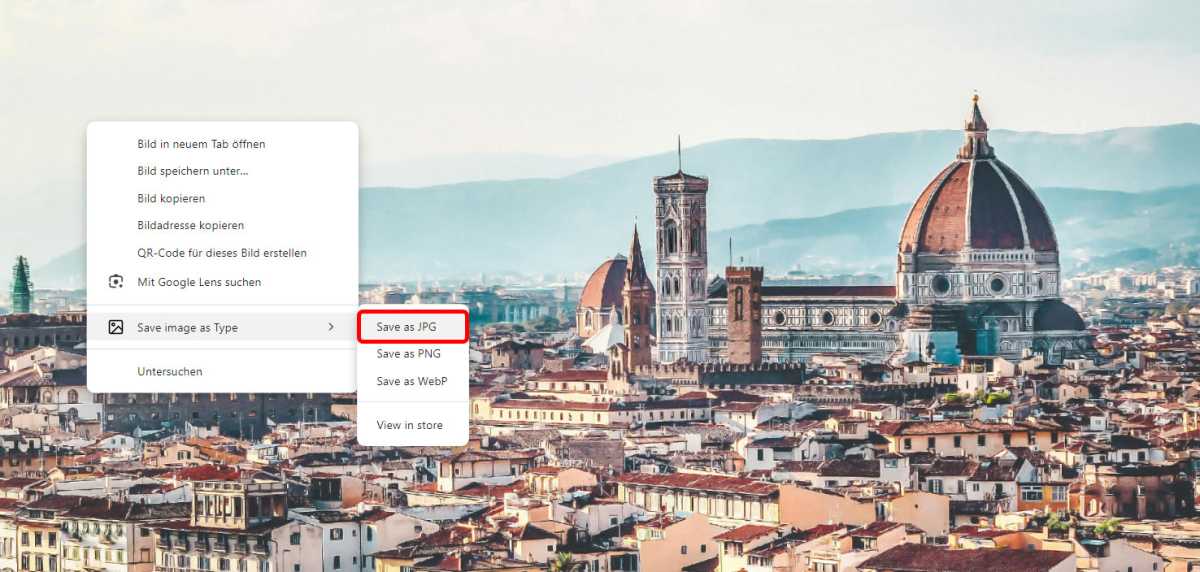 Browser add-ons can save WebP images in other formats directly from the browser.
Browser add-ons can save WebP images in other formats directly from the browser.
Browser add-ons like “Save image as Type” for Chrome or “Save webP as PNG or JPEG” for Firefox offer a straightforward solution. Right-clicking a WebP image within the browser allows for easy download in the desired format. Numerous free online conversion services, such as Convertio, Cloud Convert, and Tiny Img, also provide convenient WebP conversion.
Converting WebP using Microsoft Paint
The built-in Windows tool, Paint, can open and convert WebP files to other common image formats.
Right-click the WebP image, select Open with > Paint. Within Paint, navigate to File > Save as and choose the desired format under “File type.”
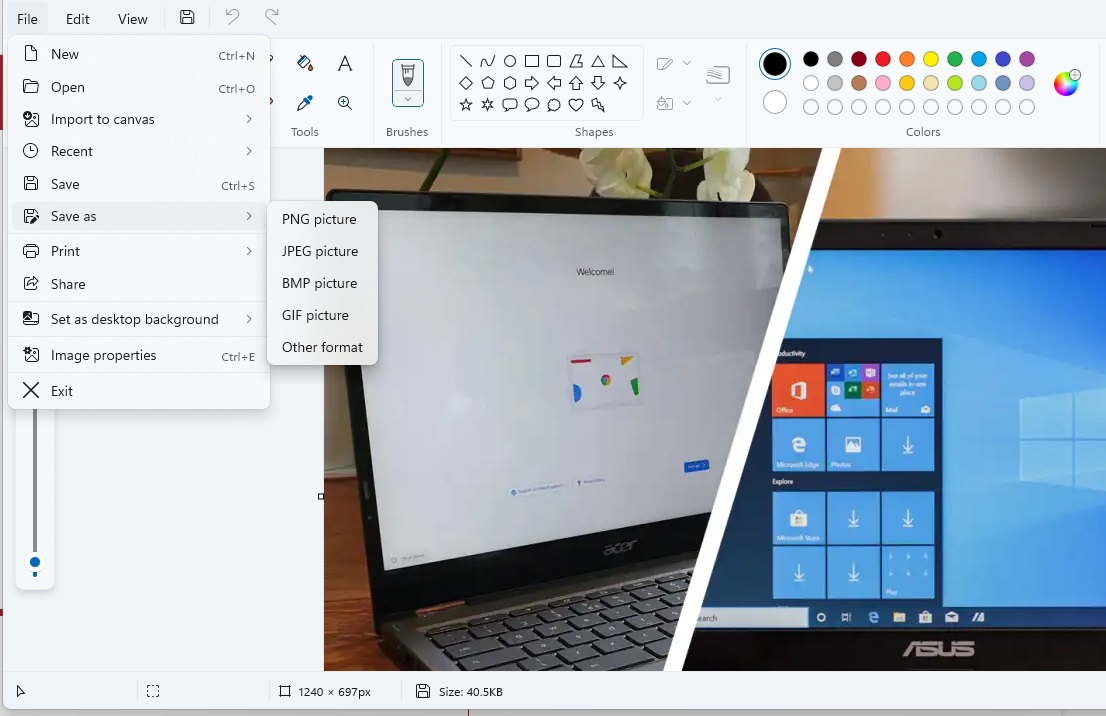 Converting WebP in Paint
Converting WebP in Paint
Converting WebP via Command Prompt
For those comfortable with the command line, the official dwebp tool, part of the free libwebp package (available on the WebP project page), offers another conversion method.
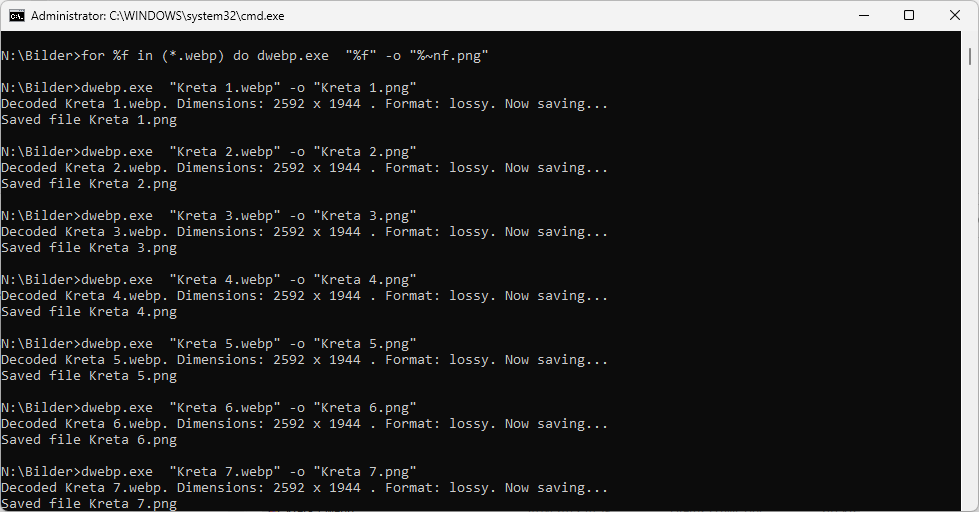 Converting WebP
Converting WebP
Download the Windows package, extract the libwebp-1.2.4-windows-x64.zip archive, and navigate to the “bin” folder. Shift-right-click within the folder and select “Open command prompt here.”
To convert “image.webp” (located in the same folder as dwebp.exe) to PNG, use:
dwebp image.webp -o image.pngFor multiple WebP files in the directory, use:
for %f in (*.webp) do dwebp.exe "%f" -o "%~nf.png"Note: dwebp does not support direct conversion to JPG.
Converting WebP on macOS
Similar to Paint on Windows, macOS users can utilize the Preview app. Open the WebP image in Preview, navigate to File > Export, and select the desired output format (JPG, PNG, etc.). Alternatively, dedicated Mac App Store apps like WebP Converter can batch-convert multiple WebP files.




